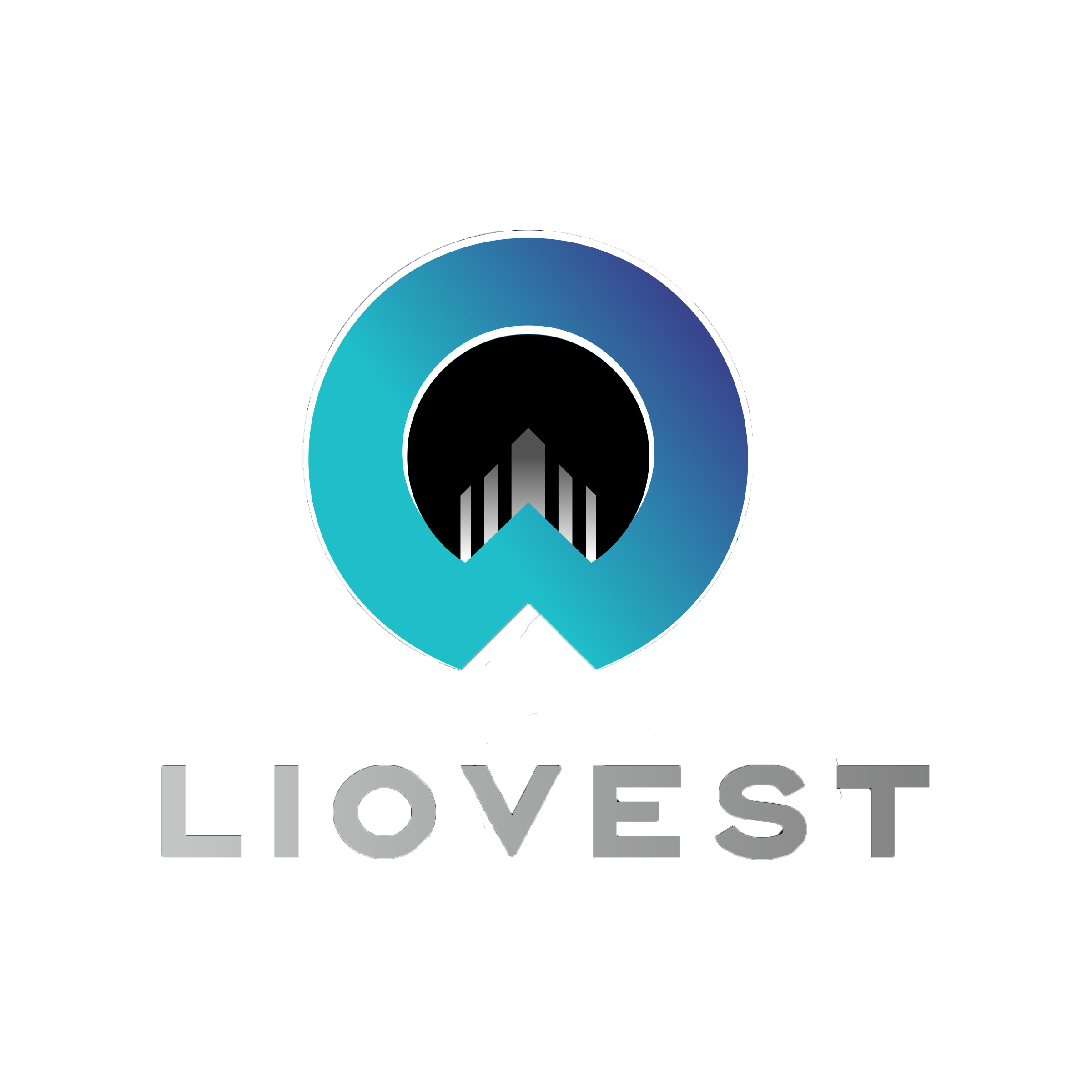What Qualifies as a Real-World Asset?
As terms like blockchain, Web3, and stablecoins enter mainstream financial discussions, the concept of “Real-World Assets” (RWA) has become increasingly prominent. However, many still interpret RWA narrowly as simply putting real estate, bonds, or carbon credits on-chain. As digitalisation, securitisation, and decentralised finance continue to converge, it is important to revisit what truly defines a real-world asset.
RWA Is Not an Asset Class, but a Structural Standard
RWA should not be confused with specific asset types such as property, art, or environmental credits. Instead, it refers to assets that can be expressed digitally, with legally recognised ownership, reliable valuation, and a functional liquidity structure.
A real-world asset must be “tokenisation-ready.” This means it must meet three essential criteria:
(1) Clear Legal Ownership
An RWA must be supported by legal rights such as ownership, usage, or income entitlement. If those rights are unclear or disputed, any on-chain representation becomes unreliable. Legal documentation, regulatory compliance, and formal asset registration are essential foundations.
(2) Transparent and Stable Valuation
The asset must be capable of consistent and objective valuation, supported by standardised methods and recognised market references.
- For example, real estate can be valued using rental yields, market averages, or replacement costs
- Carbon credits may be priced using secondary market data or approved regulatory standards
Without an accepted valuation model, the asset cannot serve as a financial instrument.
(3) Liquidity and Tradability
A real-world asset must not only exist, but be capable of being traded. If there is no mechanism for exit or transfer, the asset’s digital representation holds no market value. Tradability requires custody, settlement, and redemption infrastructure, the key structural gap RWA aims to bridge between decentralised and traditional finance.
In short, RWA is not simply a list of assets, but a framework that ensures those assets can be standardised, valued, and transacted in a compliant, digital format.
Why RWA Is Gaining Market Attention
RWA has emerged as a core concept in the transition between traditional and digital finance. Its rise is driven by several practical shifts:
(1) After the DeFi Reset, Institutions Are Returning to Real Assets
In early decentralised finance (DeFi), most activity involved native crypto assets. These proved highly volatile and lacked real-world utility. As markets corrected, institutional capital began seeking exposure to stable, asset-backed collateral. RWA became the natural bridge between speculative capital and tangible value.
(2) Traditional Assets Are Seeking On-Chain Liquidity
Many off-chain assets such as receivables, carbon credits, and real estate equity remain constrained by legacy market inefficiencies. Tokenisation offers an opportunity to access capital markets more flexibly and cost-effectively.
(3) Regulatory Clarity Is Improving
Since 2022, regulators across the United States, European Union, and Asia have introduced policy guidance and regulatory sandboxes focused on asset tokenisation. These developments give institutional investors a clearer path to participate.
Examples of Real-World Asset Use Cases
Several asset types now meet the standards required for tokenisation and are becoming central to the RWA discussion.
(a) Cultural and Heritage Assets
Assets such as museums, heritage districts, or historic sites often struggle to balance preservation with monetisation. When property rights are well-defined and the asset can generate measurable revenue, such as licensing or ticket sales, these cultural assets can be prepared for tokenisation.
Examples
- In 2021, Italy’s Uffizi Gallery sold Michelangelo’s Doni Tondo as an NFT for €70,000
- China’s Sanyue Tech tokenised theme park ticket income, issuing over €1 billion in financing by 2022, with individual loans exceeding €3 million
(b) Carbon Credits and Environmental Assets
Carbon credits are inherently standardised and backed by verified data. They have clear ownership rights, regulated price references, and compliance frameworks, making them highly suitable for tokenisation.
Examples
- Singapore’s Air Carbon Exchange offers tokenised carbon credit trading
- In 2021, China’s Industrial Bank (Nanping) issued €2.5 million in loans backed by 300,000 tonnes of expected carbon offset credits. While not blockchain-based, the asset structure meets the requirements for tokenisation
(c) Infrastructure Assets
Large-scale infrastructure projects such as highways, energy networks, and ports generate stable, long-term cash flows but lack liquidity. Tokenising future revenue rights is a practical concept, though still at an early stage of adoption.
Examples
- ZiyenCoin, launched in 2019 in the United States, was backed by energy assets with a $5 million company valuation.
- In Switzerland, ETH Zurich and Exnaton partnered on the Quartierstrom Project in 2019, tokenising solar energy rights from 37 households in Walenstadt. The project reduced energy costs by 9% and increased revenue by 75%.
Key Challenges in RWA Tokenisation
Although the potential is clear, the path to scalable RWA adoption is not without significant structural hurdles.
(1) Fragmented Legal and Regulatory Systems
Jurisdictions vary widely in how they define asset ownership, securities, and investor protection. This lack of harmonisation complicates cross-border implementation. To scale RWA globally, mutual recognition agreements or trusted intermediaries will be necessary.
(2) Reliance on Off-Chain Verification
On-chain assets often depend on external documents and inputs, such as valuation reports and legal contracts. Creating a trustworthy process that aligns off-chain and on-chain data is one of the most difficult yet essential steps in building institutional-grade RWA.
(3) Limited Market Depth and Liquidity
Early RWA markets suffer from low participation and trading volume, leading to price instability and barriers to institutional entry. Market makers, risk management tools, and liquidity infrastructure will be essential to address this.
Outlook: From Off-Chain Mapping to On-Chain Native Assets
Most current RWA models rely on mapping real-world assets off-chain while issuing representative tokens. However, as the underlying infrastructure improves, we may begin to see natively on-chain real assets designed for blockchain from inception.
Emerging examples may include:
- DAO-managed community housing projects
- Carbon offset systems built entirely on-chain
- Infrastructure financing models with integrated audit, valuation, and contract enforcement on-chain.
This will further blur the line between traditional finance and Web3, ushering in a new phase where real-world assets are governed directly by code, not just represented by it.
